It's often said that nearing retirement age is a liberating experience for women especially once children have all grown up and you can start focusing on yourself. But liberating is hardly a term to describe symptoms of menopause once you go through it. While different women may have different symptoms, research shows that up to 85% of women report having hot flashes particularly within the first 2 years of menopause. [1]
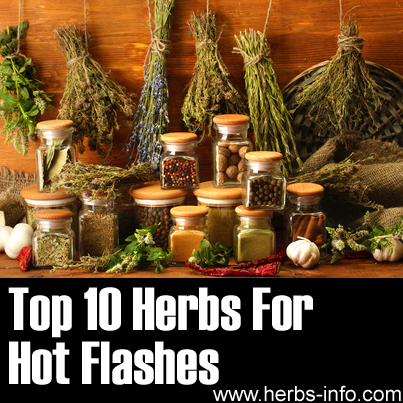 Top 10 Herbs For Hot Flashes
Top 10 Herbs For Hot Flashes image to repin / share
Herbs background pic © Africa Studio - Fotolia.com
The exact cause behind hot flashes remains unknown although studies suggest it can be due to hormonal changes produced by the hypothalamus. These hot flashes can occur anywhere along a woman's face or upper body and may range from warmth to sweating to chills [2] which can severely affect mood, concentration and sleep. [3]
Hormonal therapy is often used to relieve hot flashes but this has been linked to increased risk for breast cancer, encouraging many to turn towards natural remedies like herbs instead. [4] While most researches on hot flashes are focused on treatment, [3] studies conducted are still relatively young and limited. Nonetheless, certain herbs do show promising results such as these 10:
10 Herbs For Hot Flashes
Red Clover
When Austrian researchers from the Division of Obstetrics and Gynaecology assessed the effects of red clover isoflavone supplements in 109 postmenopausal women by randomly giving them 2 capsules everyday for 3 months, they found that compared to those under placebo, red clover intake reduced overall menopausal symptoms with no apparent side effects. [5] The phyto-estrogen enriched isoflavone was found to decrease both intensity and frequency of hot flashes. [1]
Sage
One study that involved giving 71 participants 1 tablet of fresh sage leaves everyday for a 2 month period demonstrated sage's clinical value in the treatment of hot flashes and other menopausal symptoms. Sage was shown to significantly decrease intensity of hot flashes by 50% after 4 weeks use and as much as 64% after 8 weeks use. Frequency of hot flashes was also found to reduce week after week within the 8 week period. [6]Organic sage may also be taken by drinking few cups of its tea daily. [1]
Soy
Like red clover, soy products are rich in isoflavones that correct hormone imbalance. In a systematic review of 277 publications and 17 randomized controlled trials, analyses revealed that isoflavones in soybean greatly decreased hot flashes severity by 26.2% as opposed to those taking placebo. [7] However, since the safety and efficacy of some soy supplements remain questionable, doctors still recommend to obtain soy from natural sources like tofu and soy milk. [2]
Black Cohosh
Although this is a popular herbal remedy for menopause, experts are still trying to unlock the mechanisms behind its efficacy resulting in various studies with mixed if not inconclusive results. But one expert in medicinal plants mentioned that this herb stimulated the hypothalamus-- the same area that triggers hot flashes. [8] Other studies associate black cohosh to the pharmaceutical estrogen in alleviating hot flashes while one study revealed it can prevent excessive sweating. [1]
Flaxseed
Although this herb has also produced researches with debatable results, several clinical trials have found it to be enriched with lignans which are confirmed to stabilize estrogen levels and possess antioxidant properties. Consequently, one French study of over 58,000 postmenopausal women found that flaxseed intake can reduce breast cancer risks. [3]
Although many data on botanical treatments for hot flashes are sometimes controversial with some findings seemingly based on subjective opinions, scientists are making progress in isolating active compounds that can eventually result in formulating treatments with more hopeful results. [4]
Ginseng
Unfortunately, hot flashes are just one of the major discomforts which women have to go through on their menopausal stage. The availability of herbal plants like ginseng comes very handy in dealing with hot flashes. Researchers concluded that ginseng supplementation plays a major role in stimulating the ovaries which result to the production of estrogen. Normally, women with low levels of estrogen suffer from hot flashes. [9]
Licorice
In a study conducted in United Kingdom, researchers concluded that consumption of licorice helps in reducing the possibility of hot flashes to occur by almost 80%. As mentioned earlier, low level of estrogen in the body is usually blamed for the occurrence of this symptom.
Scientific studies show that licorice root is an excellent source of phytoestrogen isoflavonoid which is considered as a good plant-based source of estrogen. This compound normally triggers the occurrence of fluctuating hormones in women. [10]
Dong Quai
Traditionally used as medicine, tonic and spice in Japan, China and Korea, dong quai was found to be an excellent herb for women suffering from hot flashes. Often referred as the female ginseng, dong quai is believed to be an good herb for hot flashes primarily because of its estrogen-like effects. [11] In a scientific study conducted in Israel, results showed that almost half of the respondents have noticed the disappearance of hot flashes. [12]
Motherwort
Hot flashes are normally accompanied by a couple of other discomforting symptoms. Motherwort is an excellent herb that doesn’t just help in dealing hot flashes. It also aids in driving away other disturbing menopausal symptoms like dizziness and light-headedness. It actually helps in reducing the frequency, duration and severity of hot flashes. [13]
Since the 1600s, motherwort has been in used by the European culture due to its calming effects which makes it an excellent natural solution to insomnia, anxiety, depression and of course, hot flashes. [14]
Damiana
For decades, natural and alternative medicine practitioners have been using damiana in helping people deal with symptoms of menopause, especially hot flashes. Insufficient levels of progesterone and estrogen in the body are the usual subject of blame whenever hot flashes begin to pester women. Reduction in the level of these hormones usually triggers the hypothalamus to be confused whether a woman feels cold or hot. [15]
Herbs For Hot Flashes - References:
Article researched and created by Cathy Ongking and Elfe Cabanas, © herbs-info.com 2013



















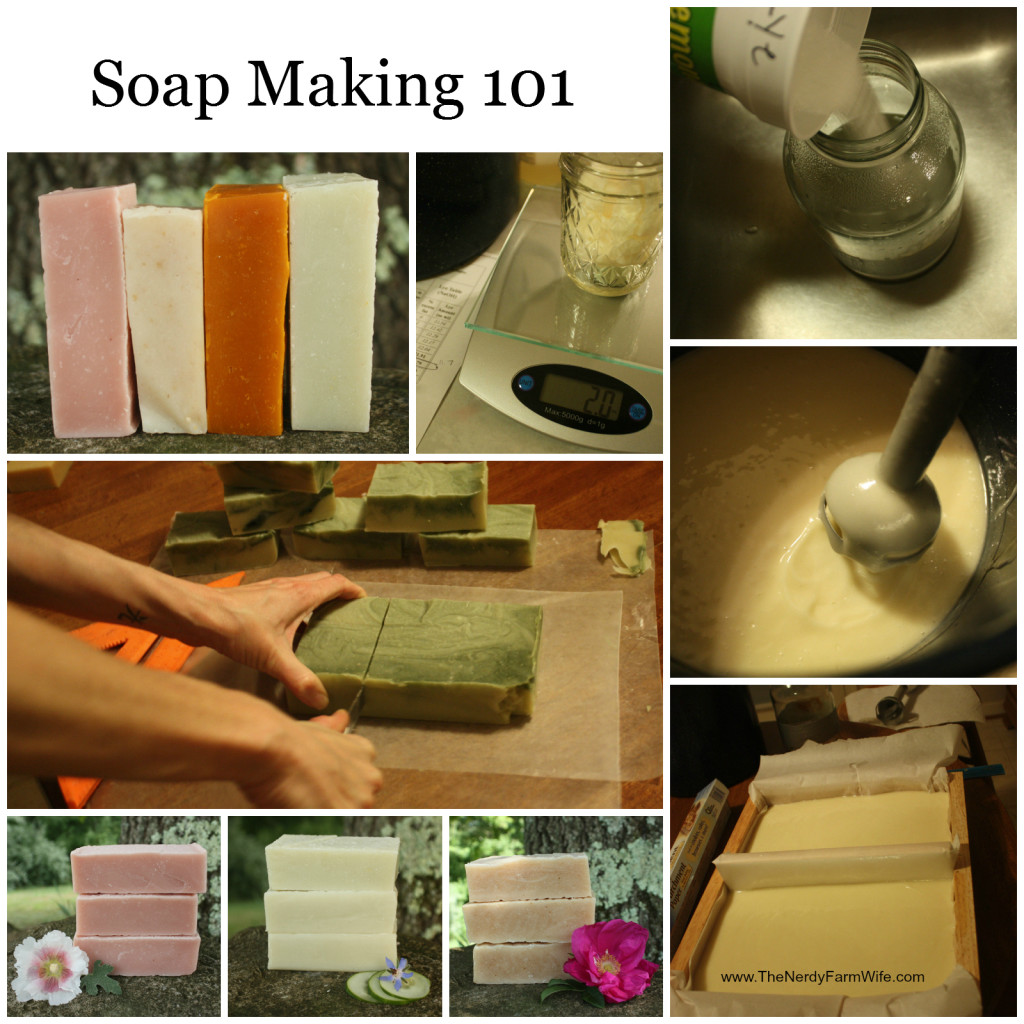

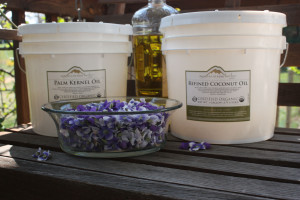

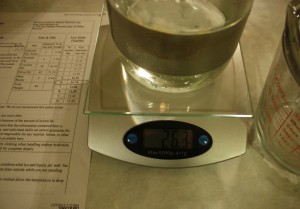
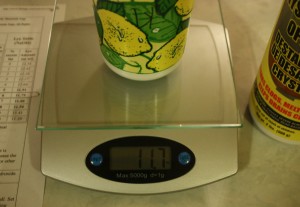
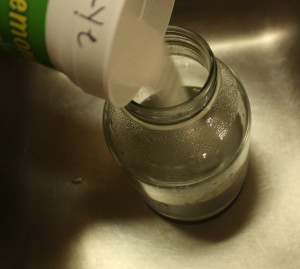
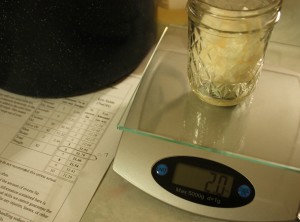
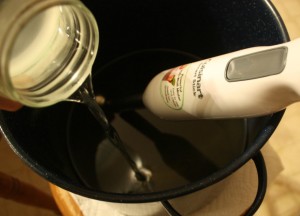
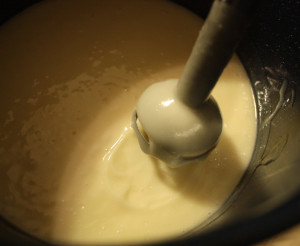
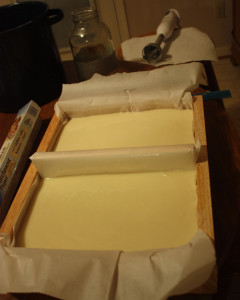
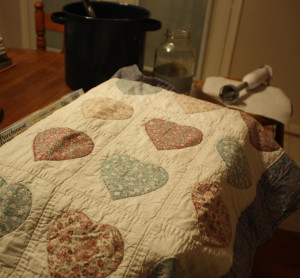
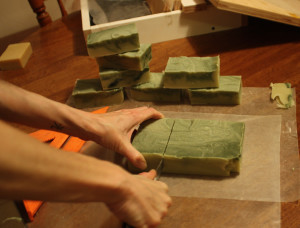
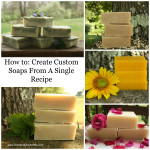

![KING RANCH BEEF CASSEROLE
Yield: 5-6 servings
Prep Time: 20 minutes
Cook Time: 40 minutes
Total Time: 1 hour
INGREDIENTS:
2 lbs. lean ground beef
1 medium onion, diced
1 cup bell pepper, diced
dash of salt
1 10 3/4 oz. can cream of mushroom
1 10 3/4 oz. can cream of chicken
1 10 oz. can mild rotel tomatoes, drained
1/4 tsp garlic powder
1/2 tsp chili powder
2 1/2 cups cheddar cheese, grated
10 corn tortillas
DIRECTIONS:
Preheat oven to 350 degrees.
Heat a skillet over medium heat and add the beef and onions. When meat has almost cooked all the way add the bell pepper and sprinkle with a dash of salt. When the meat is brown and thoroughly cooked drain the grease from the pan.
Heat a medium size sauce pan over low/medium heat. Add the cream of mushroom, cream of chicken, rotel tomatoes, garlic powder and chili powder. Stir and cook until the mixture is warm and then turn off the heat.
Tear each tortilla into pieces and dip each piece into the sauce mixture. (Does not have to be well coated in the mixture or you will use it all up and won't have enough for the dish) Place the tortillas down in a large casserole dish. Then top with half of the meat mixture and then half of the sauce. Sprinkle 2 cups of the cheese over the sauce and then repeat the layers finishing with the rest of the cheese.
Cook for 40 minutes
@[117995415057368:274:Through A Country Momma's Eyes]](https://sphotos-b.xx.fbcdn.net/hphotos-ash3/s480x480/522418_122578097932433_1908424303_n.jpg)












